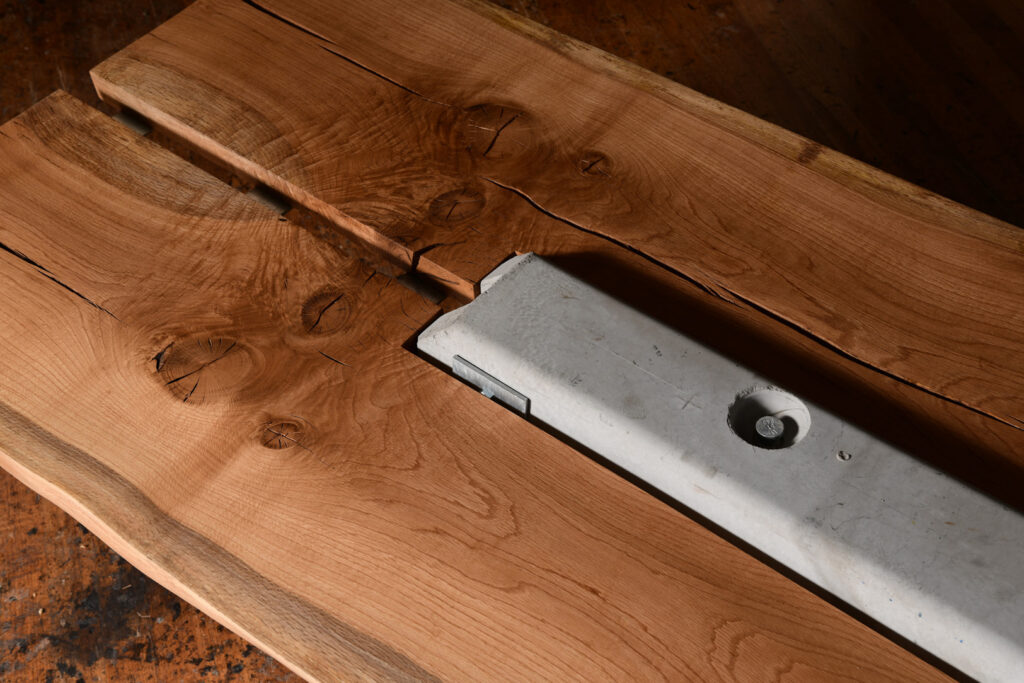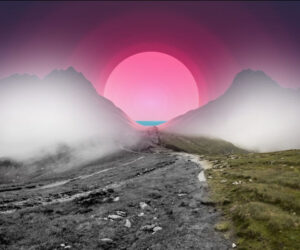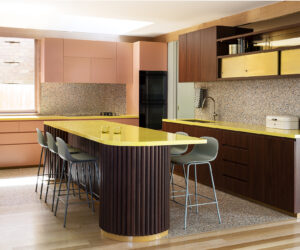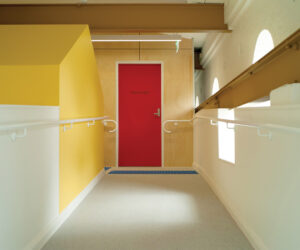green magazine presents a chat with six designers on A World They Don’t Want
Sometimes to find out what we want, we look to the opposite to understand what we don’t want. A World We Don’t Want presents thirteen ideas on a world we don’t want by leading Australian creatives, to speculate on a future we do want.
Contributors include Alterfact, Andrew Carvolth, Andrew Simpson and James Walsh, Dale Hardiman and Stephen Royce, Damien Wright, Flack Studio, Foolscap Studio and Liam Fleming, Guy Keulemans and Kyoko Hashimoto, Marta Figueiredo and Jonathon Griggs, Nicole Lawrence and Thomas Coward, Sam Tomkins and Daniel Licastro, Seljak Brand and Tom Henty.
green magazine is excited to announce a presentation with six creators from Friends & Associates’ Melbourne Design Week 2021 exhibition, A World We Don’t Want. Each speaker will talk for roughly five minutes about their work in the exhibition.
Speakers: Mark Robinson (Flack Studio), Karina and Samantha Seljak, Jonathon Griggs and Marta Figueiredo, Dale Hardiman, Stephen Royce, Damien Wright.
green magazine presents a chat with six designers on A World They Don’t Want
Wednesday 31st March
6:30pm
A World We Don’t Want
The Stables, Meat Market
2-8 Wreckyn Street
North Melbourne
Free, but bookings essential as space is limited. Book here
Ahead of the event, we asked Friends & Associates’ Dale Hardiman a few questions about what the exhibition has in-store.
Where did the idea for A World We Don’t Want come from?
The 2021 Melbourne Design Week theme is ‘Design The World You Want’. Tom and I began discussing how this year’s theme is incredibly hopeful, and that in previous years we’ve explored themes for exhibitions that are based around the idea of hope. So to contrast, we thought it could be interesting to ask contributors to reflect on the theme by approaching the opposite and producing work that explores a world that they don’t want, hopefully making it more apparent the world they do want.
What do you hope visitors/viewers take away from A World We Don’t Want?
As with all of the shows we produce, we hope visitors see the immense thought and reflection the contributors have shown through each of their works, and therefore reflect on their world view. All of our contributors have addressed environmental and/ or societal issues with their work, so we would hope the audience takes away another perspective of the world.
Lastly, how does imagining a world we don’t want teach us what we do want?



